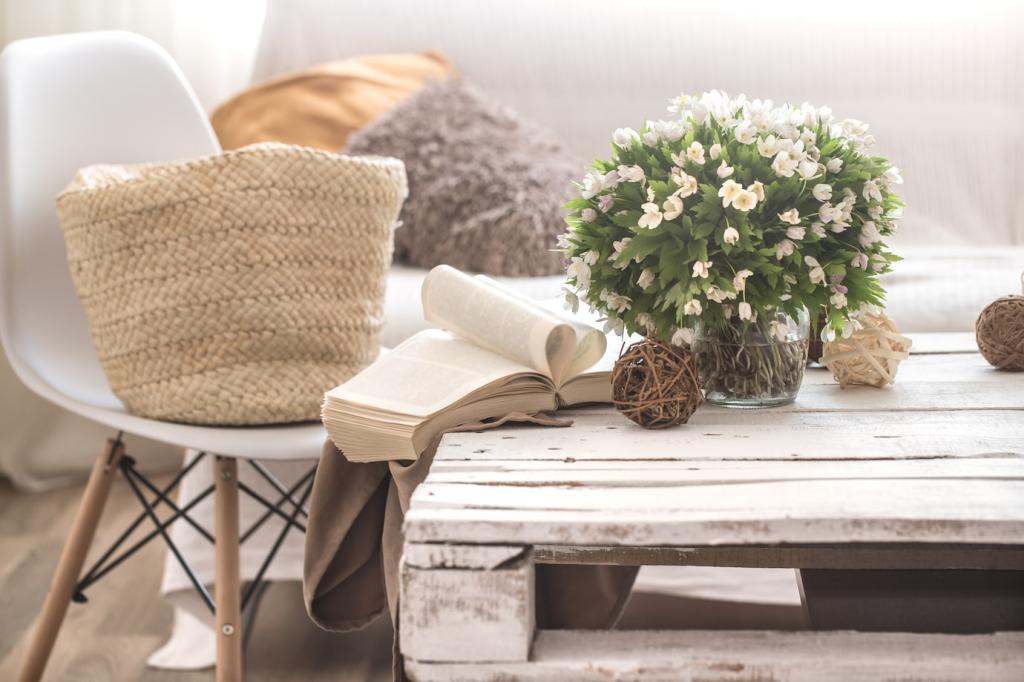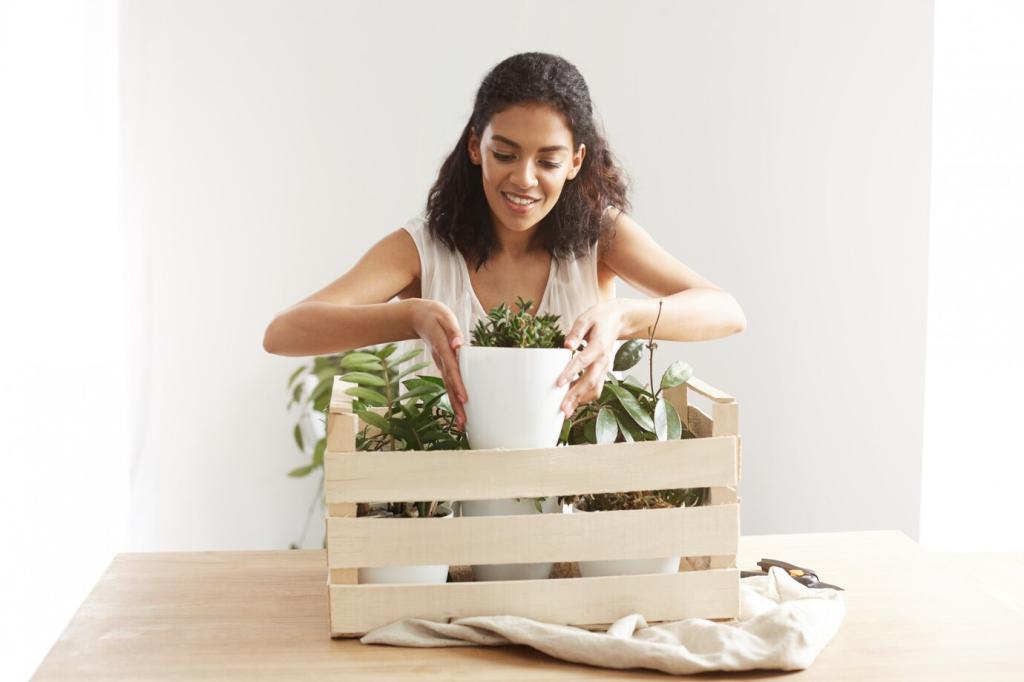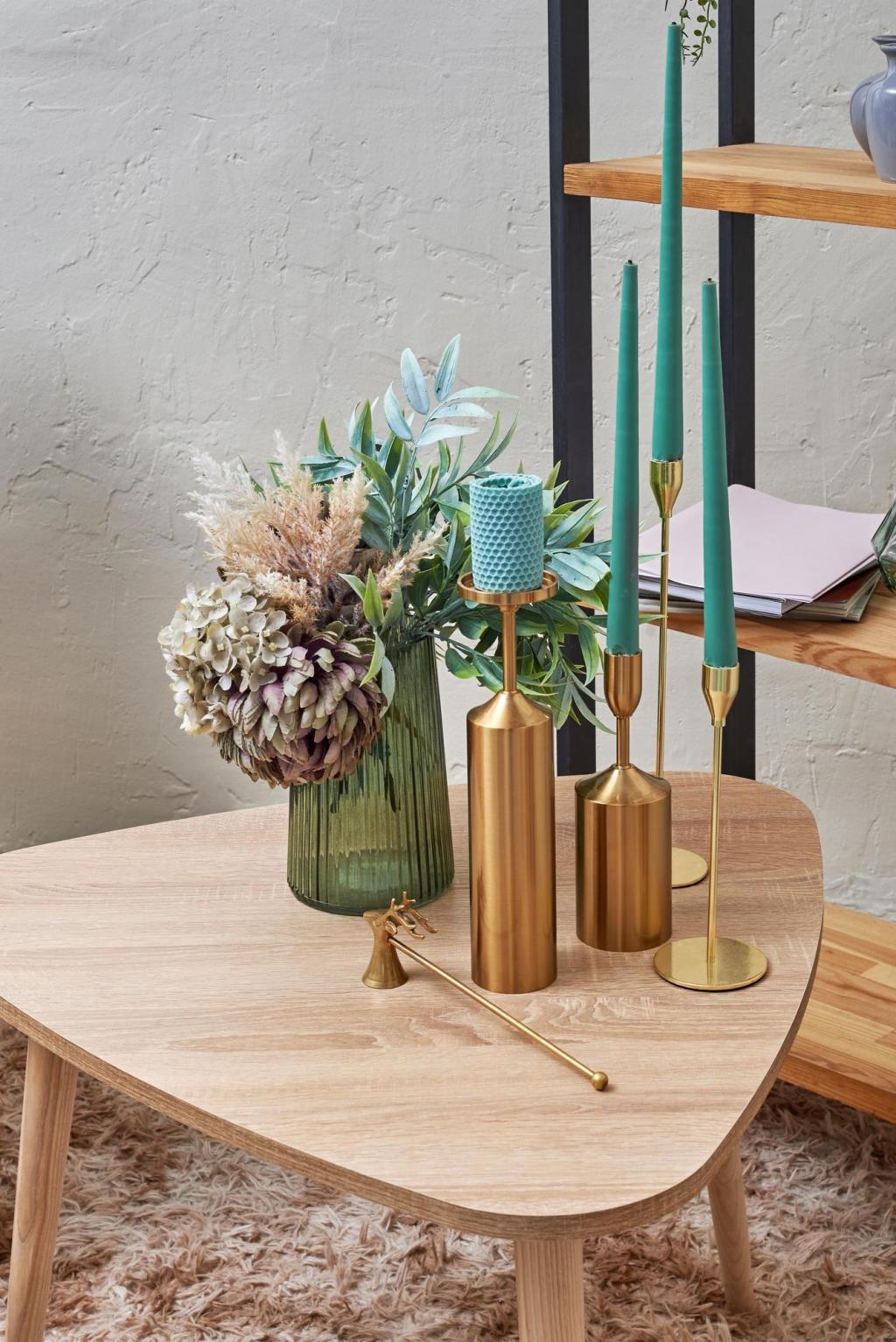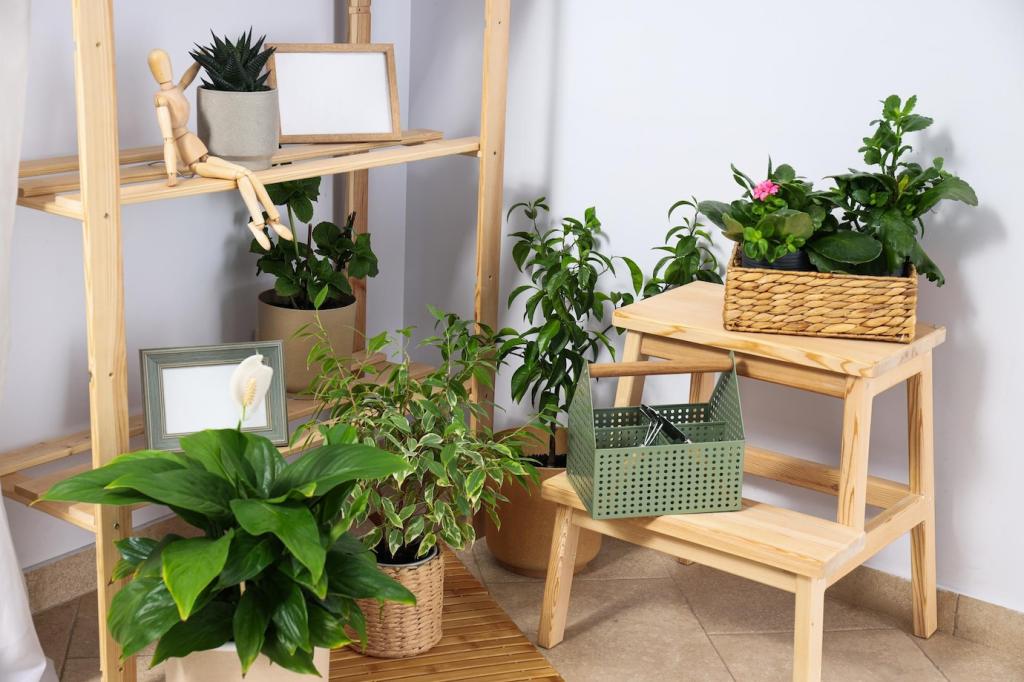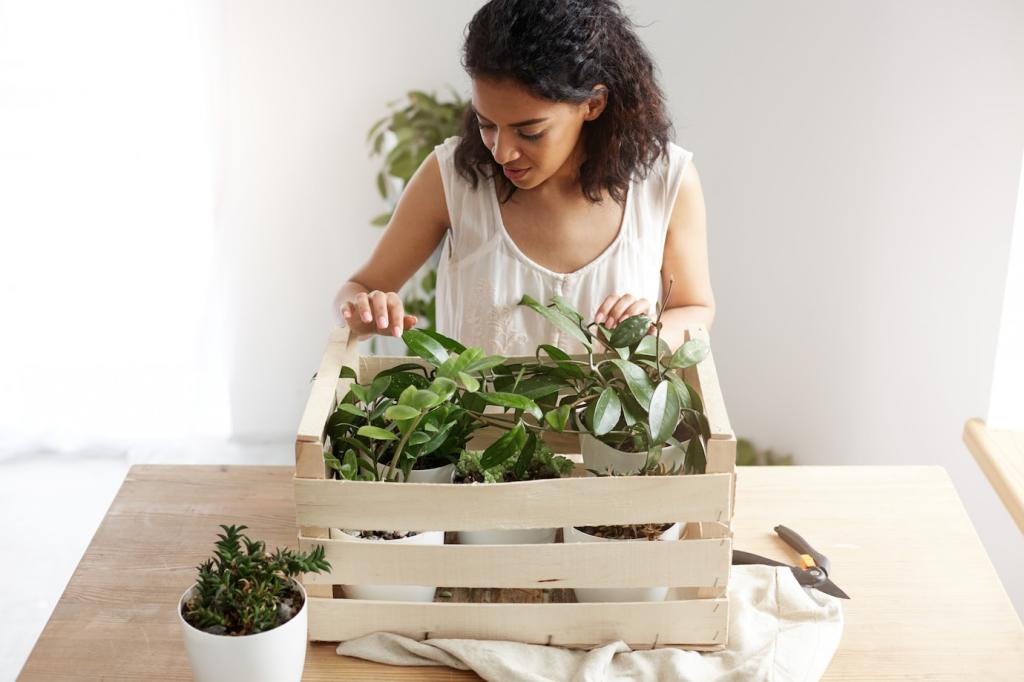Installation Strategies for Clean Lines and Longevity
Create narrow, consistent reveals that frame each board and conceal minor dimensional differences common in reclaimed stock. Hidden fasteners maintain a clean face, and back-priming helps stabilize moisture exchange. Tell us if you prefer horizontal or vertical orientation and why it suits your space.
Installation Strategies for Clean Lines and Longevity
Mix widths intentionally or keep them uniform for stricter modern rhythm. Leave expansion gaps, and consider engineered reclaimed wear layers over stable substrates in variable climates. Matte finishes minimize glare and footsteps read quieter. Share your experience with underfloor heating and reclaimed planks.

